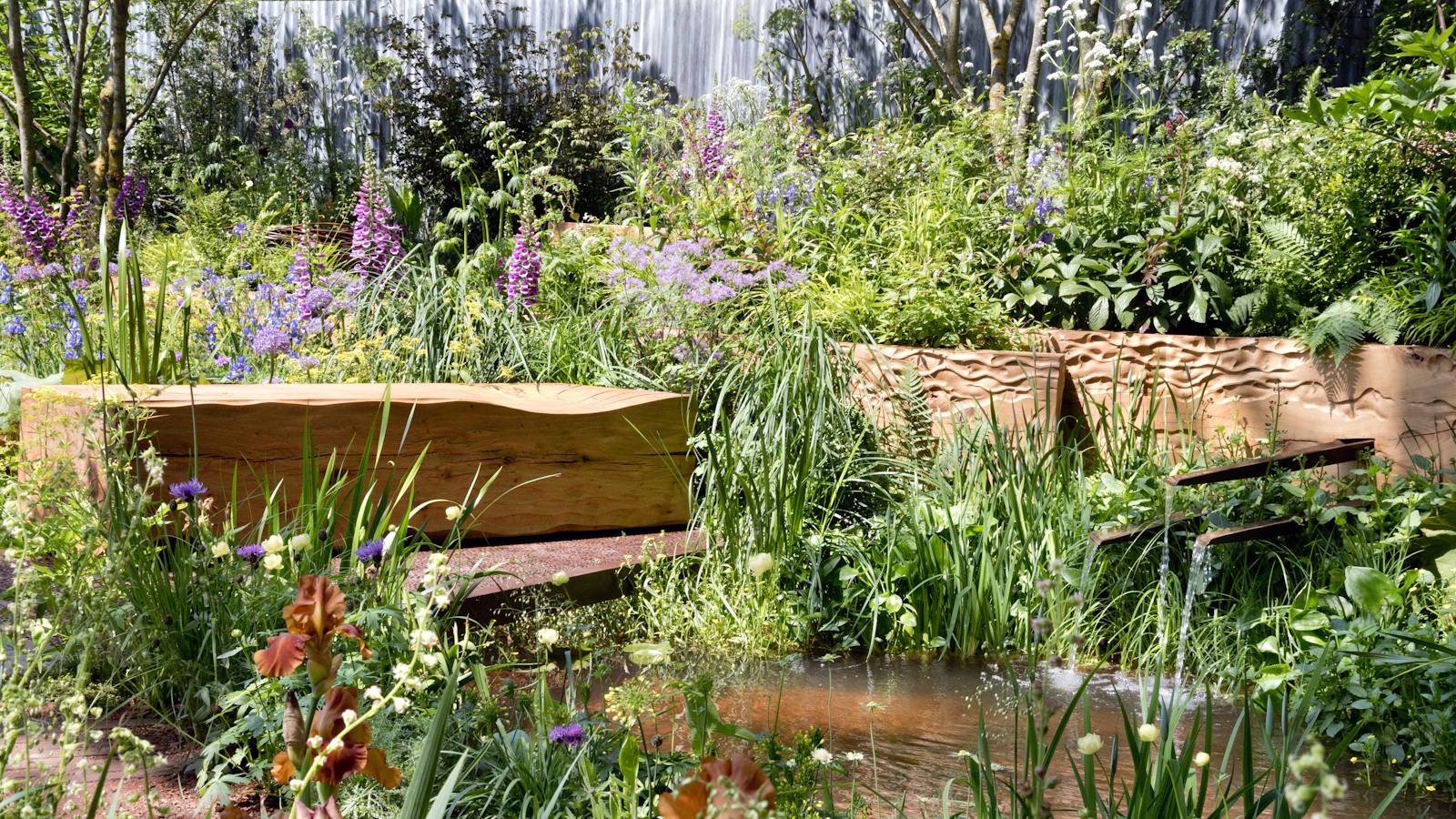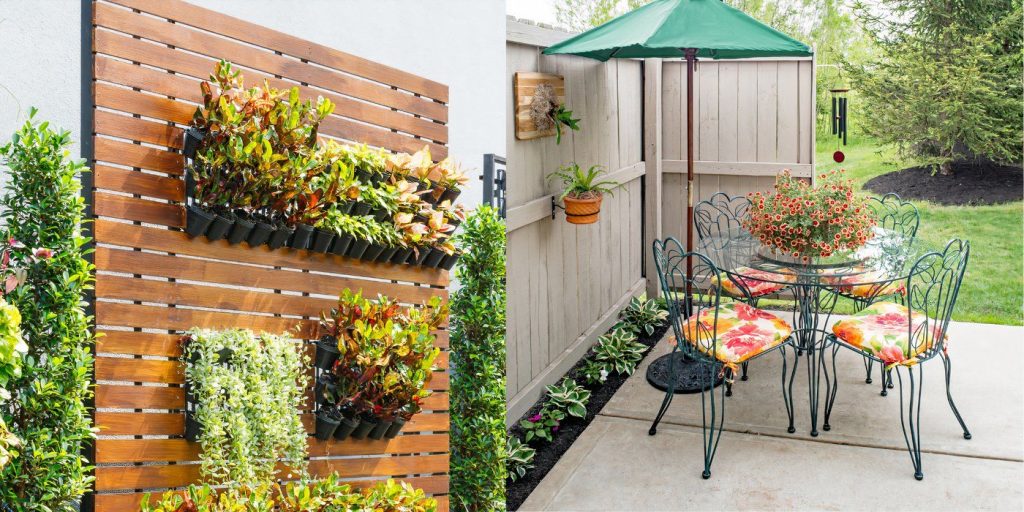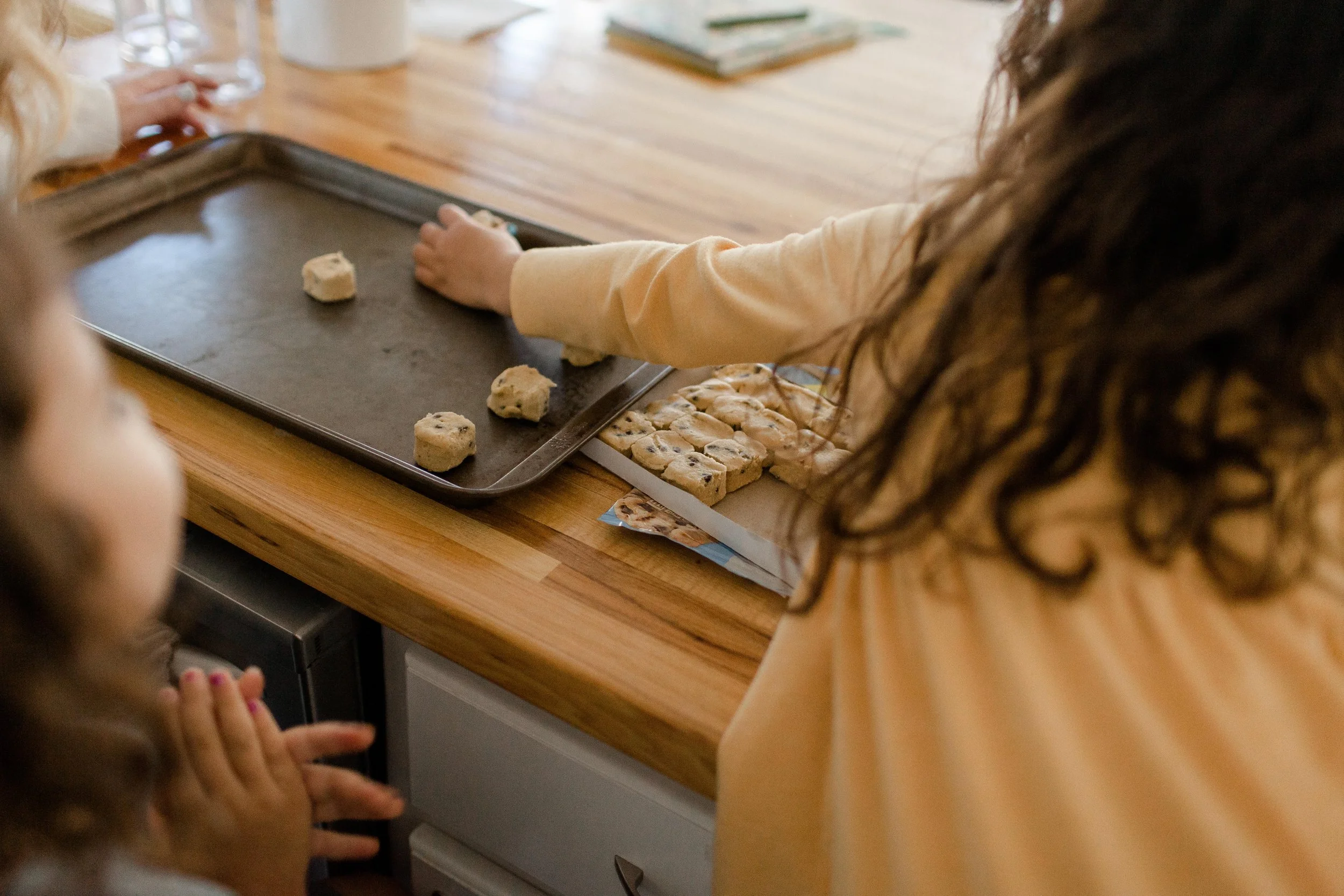Creative Gardening: Transforming Small Spaces into Natural Retreats

The Need for Green Spaces
In an era characterized by bustling city life, the need to reconnect with nature has never been more pronounced. Urban dwellers often find themselves surrounded by towering buildings and busy streets, making it easy to forget the beauty and tranquility that nature offers. However, a growing number of individuals are realizing that with a bit of creativity and effort, even the smallest urban spaces can be transformed into personal green retreats. This shift towards creative gardening not only enhances individual living spaces but also enriches the community at large.
Benefits of Creating a Personal Oasis
There are numerous advantages to cultivating a garden at home, regardless of its size. Firstly, engaging with plants is a well-documented stress reliever. Whether it’s watering the plants or simply watching them grow, these activities encourage mindfulness and offer a break from the hectic pace of life. Studies have shown that spending time in green environments can lower cortisol levels, leading to improved mental well-being.
Secondly, the aesthetic appeal of a vibrant garden cannot be overstated. A well-maintained garden can dramatically enhance the visual charm of any space. The mere presence of colorful flowers or lush greenery can uplift moods and create a sense of harmony in otherwise stark surroundings. Research indicates that living in places with ample vegetation can also improve creativity and cognitive function.
Moreover, plants play a crucial role in improving air quality. They absorb carbon dioxide and release oxygen while filtering harmful toxins from the air, making your environment healthier. This is particularly important in urban settings where air pollution levels can be high, enabling residents to breathe easier and live better.
Innovative Gardening Ideas
Transforming small spaces into vibrant green zones requires planning and innovation. Here are some ideas to inspire your gardening journey:

- Vertical Gardens: Utilizing wall space for growing herbs or flowers can maximize limited areas. For example, a vertical herb garden can be created using wall-mounted planters, allowing you to grow flavorsome cilantro and basil right outside your kitchen window.
- Container Gardening: This method involves using pots and containers to cultivate plants. A variety of materials, such as wooden crates, terracotta pots, or even repurposed buckets, can be used for creative flair. You can easily grow seasonal vegetables like cherry tomatoes or even decorative plants that add character to any balcony or patio.
- Repurposed Materials: The use of reclaimed materials not only reduces waste but also adds a unique touch to your garden design. Old wooden pallets, for instance, can be transformed into rustic planters or garden shelves, providing both aesthetic appeal and functional use.
As urban spaces continue to shrink, the need to innovate in how we connect with nature becomes crucial. By exploring methods of creative gardening, even the tiniest yards and balconies can thrive, offering a refreshing escape amidst the concrete jungle. Every plant nurtured and every flower that blooms serves to enrich our lives, reminding us of the serenity that nature brings, ultimately fostering a deeper appreciation for the environment we share.
DIVE DEEPER: Click here to discover more about gardening as art
Unlocking Your Garden’s Potential
Embracing creative gardening in small spaces can be an exhilarating journey full of experimentation and growth. A personal oasis does not necessarily require vast tracts of land; often, it thrives in cozy corners, balconies, or even window sills. The key lies in leveraging available resources and understanding which plants can flourish in confined environments. By diving deeper into the world of creative gardening, individuals can cultivate surroundings that are not only beautiful but also environmentally beneficial.
Understanding Plant Choices
When embarking on your gardening venture, selecting the right plants is paramount. Many urban gardeners prefer native plants that are adapted to local conditions and require minimal maintenance. These species, such as coneflowers, black-eyed Susans, and even ornamental grasses, not only bring color to your space but also attract local wildlife like bees and butterflies. In addition, small fruiting plants such as strawberries and dwarf varieties of tomatoes can provide tangible rewards, yielding fresh produce right from your backyard.
Space-Saving Techniques
Implementing space-saving techniques in your garden can lead to surprising results. Consider integrating the following practices to make the most out of limited space:
- Cluster Planting: Arrange plants in groups rather than spacing them out widely. This technique not only maximizes surface area but also creates an eye-catching display that draws attention.
- Layering: Utilize vertical layers by mixing different heights of plants. Position taller varieties at the back of borders and shorter varieties at the front, creating visual interest and depth.
- Companion Planting: This strategy involves planting different species close together for mutual benefit. Certain plants can suppress weeds, attract pollinators, and even improve soil health when grown alongside one another.
Throughout the U.S., community gardens and personal green retreats have blossomed in small spaces, reinforcing the importance of cultivating our relationship with the natural world. As urbanization continues to encroach on our green spaces, the ability to create a “living landscape” becomes increasingly vital. Establishing even a modest garden can furnish not just a sensory delight but also an educational experience. Watching your plants evolve teaches patience and resilience, transforming ordinary days into extraordinary moments grounded in nature.
As we navigate through the challenges posed by limited gardening space, innovative solutions become not just possible but also essential. Whether it’s employing clever design techniques or choosing the right flora, there are countless ways to breathe life into small environments. By embracing the principles of creative gardening, individuals can turn their scattered patches of earth into lush havens that rejuvenate the spirit, proving that size is truly not a determinant of impact.
| Category | Description |
|---|---|
| Vertical Gardening | Maximizes limited space by using walls and fences for planting, introducing elements like wall-mounted planters and trellises. |
| Container Gardening | Offers flexibility for small areas, allowing diverse plant combinations while enhancing mobility and ease of care. |
| Seasonal Planting | Introduces variety throughout the year, ensuring constant blooms and harvests in limited spaces. |
| Garden Design | Incorporates aesthetics, utilizing creative layouts and color schemes to enhance small garden visuals. |
Exploring the world of Creative Gardening opens up numerous opportunities to transform small spaces into lush, inviting retreats. Each category highlighted in the table emphasizes how maximizing available space can bring vibrancy and life to even the tiniest of gardens. With vertical gardening techniques, you can create stunning green walls that not only improve air quality but also serve as a focal point for your outdoor area.Additionally, container gardening offers a practical solution for those with a limited footprint, allowing you to mix colors, textures, and flavors while being able to easily rearrange your plants as needed. Seasonal planting guarantees an ever-changing landscape; watch as your small garden evolves across the seasons, offering new blooms and fresh harvests consistently. By thoughtfully selecting plants and layouts, garden design becomes an art form in itself, turning compact spaces into beautiful narratives of nature. With the right strategies, anyone can create their own natural retreat, perfect for relaxation, cultivation, or simply enjoying the beauty of the earth.
DISCOVER MORE: Click here to delve into the benefits of music therapy</p
Innovative Design Elements
Incorporating innovative design elements into your small garden space can dramatically enhance its aesthetic and functional appeal. The art of creative gardening encourages gardeners to think beyond traditional layouts. Here are some exciting concepts that can help you develop a breathtaking retreat in even the smallest areas.
Vertical Gardening
One of the most transformative techniques in small-space gardening is vertical gardening. This approach utilizes walls, fences, and even trellises to grow a variety of plant species upward rather than outward, allowing you to reclaim precious floor space. Vertical planters, living walls, and wall-mounted pots can all serve as a canvas for your imaginative planting. Species such as climbing roses, sweet peas, or even compact herbs like basil and mint lend themselves excellently to vertical structures. This method not only conserves space but also adds depth and dimensions to your garden, creating a rich tapestry of color and texture.
Mobility and Flexibility
Another key aspect of optimizing small gardens is to embrace mobility through mobile gardening. Using pots on wheels or creating a garden on a wheeled cart enables you to rearrange your plants easily—whether to catch the best sunlight or simply to refresh the visual dynamics of your space. Compact gardening solutions such as stackable pots or tiered plant stands provide versatility and make it easy to change your layout according to the seasons. In addition, this mobility supports the concept of making gardening accessible to all. Those with physical limitations can enjoy the rewards of green thumb activities without straining to bend down or stretch far.
Water Features and Relaxation Zones
Integrating water features into your small garden can create a serene atmosphere, transforming it into a calming retreat. A small fountain, a pond, or even a simple birdbath can attract wildlife and foster a sense of tranquility. The gentle sound of flowing water not only enriches the sensory experience of your garden but also helps to mask urban noise. Crafting designated relaxation spots, such as a small bench or a cozy nook adorned with cushions, allows you to take a moment to enjoy the beauty of your surroundings. Adding rustic fairy lights or lanterns can further enhance the ambiance, making your garden a welcoming retreat even during evening hours.
Eclectic Accessories
You can amplify the charm of your garden by incorporating eclectic accessories. Scouring thrift stores or flea markets for unique pots, decorative stones, or rustic furniture can add a personal touch. Garden art such as sculptures, wind chimes, and birdhouses can serve not just as decoration but also as focal points that spark conversation and play off the surrounding plants. Keeping a cohesive color scheme with these accessories adds a level of sophistication, helping your small space feel larger than life.
Ultimately, the marriage of creativity and utility in small gardening spaces showcases the boundless possibilities that exist when we reimagine our outdoor environments. By applying innovative techniques and unique design elements, anyone can elevate their limited gardening areas into thriving landscapes that nurture both plants and the soul.
DISCOVER MORE: Click here to learn about the therapeutic benefits of music</p
Conclusion
In an era where urbanization often limits our access to nature, creative gardening serves as a beacon of hope, allowing us to reclaim our connection to the outdoors, even in small spaces. The techniques explored, from utilizing vertical gardening and mobility to integrating calming water features and eclectic accessories, emphasize that size need not dictate beauty or functionality. Instead, they invite us to imagine our small gardens as dynamic landscapes that adapt to our lifestyles and preferences.
As you embark on your journey of transforming your limited gardening areas into serene natural retreats, consider how each element contributes not only to the aesthetics but also to enhancing your mental well-being. The act of nurturing plants can be a meditative practice, providing an avenue for relaxation amidst life’s hustle and bustle. By prioritizing innovation and personalization, you create a sanctuary uniquely suited to your tastes and needs.
Moreover, the accessibility of materials and resources in the United States—from DIY vertical planters to local artisan garden art—opens a world of possibilities for gardeners at every skill level. As you cultivate your green oasis, remember that every small improvement contributes to a larger tapestry of biodiversity and brings joy to your daily life. So, roll up your sleeves, get creative, and let your small garden flourish into a vibrant retreat that reflects your vision and passion for the natural world.


